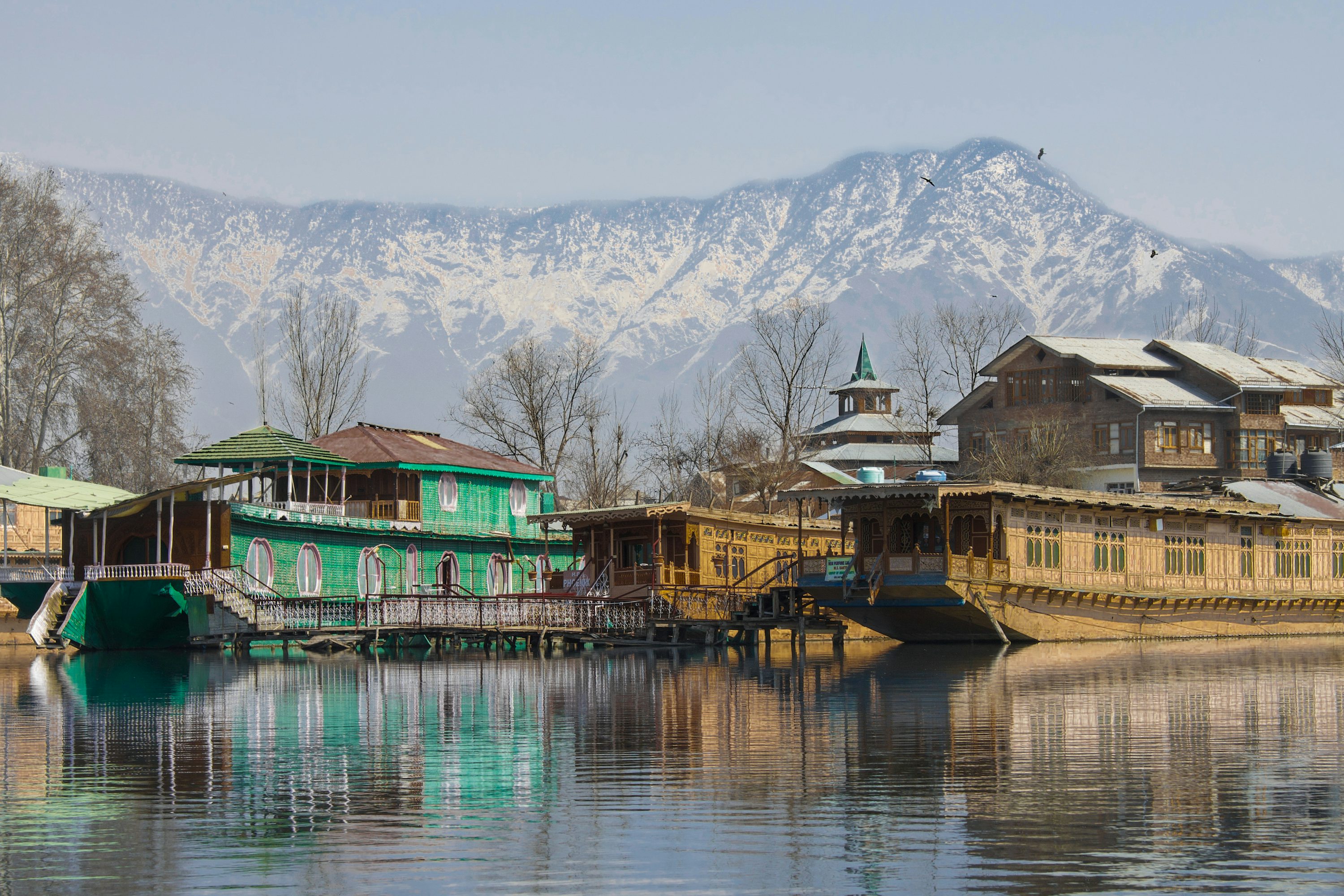
Srinagar, the summer capital of Jammu and Kashmir, is often called the “Paradise on Earth” for its breathtaking natural beauty. Nestled in the Kashmir Valley along the banks of the Jhelum River, the city is famous for its pristine Dal Lake, Mughal gardens, and snow-capped mountains. Houseboats and Shikara rides on the serene lakes offer a tranquil experience, while the floating markets present a glimpse into the region’s unique culture.
The city is also a gateway to nearby wonders like Gulmarg, Sonamarg, and Pahalgam. The Mughal Gardens—Shalimar Bagh, Nishat Bagh, and Chashme Shahi—showcase Persian-inspired landscapes, blooming flowers, and cascading fountains. In winter, Srinagar transforms into a snow-covered dreamland, while in spring, tulip gardens bloom in vibrant colors.
Rich in culture and heritage, Srinagar offers traditional Kashmiri handicrafts, from handwoven Pashmina shawls to intricate wood carvings. The bustling old city reveals centuries-old mosques, shrines, and markets filled with saffron, spices, and dry fruits. Kashmiri Wazwan cuisine, especially Rogan Josh and Gushtaba, adds flavor to any visit.
With its mix of nature, history, and culture, Srinagar remains one of India’s most romantic and soul-soothing travel destinations, attracting visitors in every season for different charms.
Best time to visit: April to October
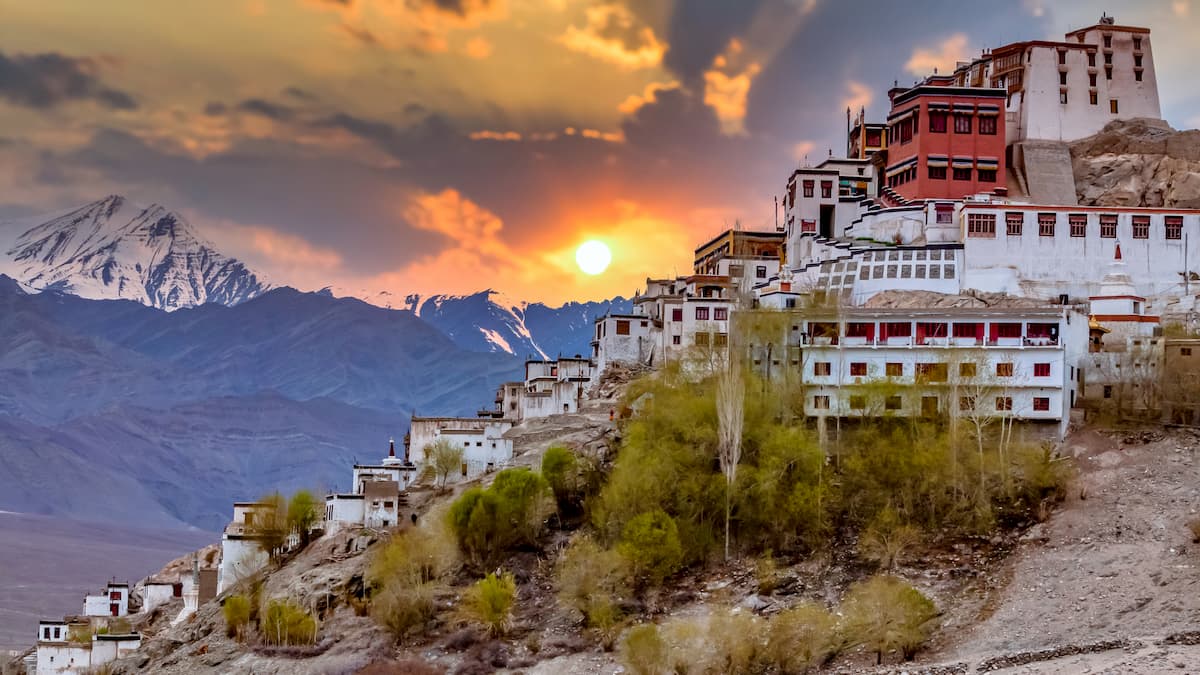
Jammu, the winter capital of Jammu and Kashmir, is often referred to as the “City of Temples” due to its abundance of ancient shrines and spiritual sites. Located on the banks of the Tawi River and surrounded by the Shivalik hills, Jammu offers a peaceful yet culturally rich experience. It is also the starting point for the famous pilgrimage to Vaishno Devi, attracting millions of devotees every year.
The city is dotted with architectural marvels such as the Raghunath Temple, Ranbireshwar Temple, and Bahu Fort, each narrating stories of history and devotion. Bahu Fort, overlooking the Tawi River, is also home to a beautiful garden where locals gather for leisure. The Amar Mahal Palace Museum provides insights into the royal heritage of the Dogra dynasty.
Beyond its religious significance, Jammu offers a taste of rich Dogra culture and cuisine, with dishes like Rajma Chawal, Kaladi Kulcha, and traditional sweets. The bustling bazaars of Raghunath and Pacca Danga are perfect for picking up dry fruits, handicrafts, and traditional attire.
Jammu serves as the perfect base for exploring the scenic landscapes of Patnitop, Mansar Lake, and the nearby hill towns. Whether for spirituality, culture, or nature, the city offers a warm welcome to all travelers.
Best time to visit: September to April
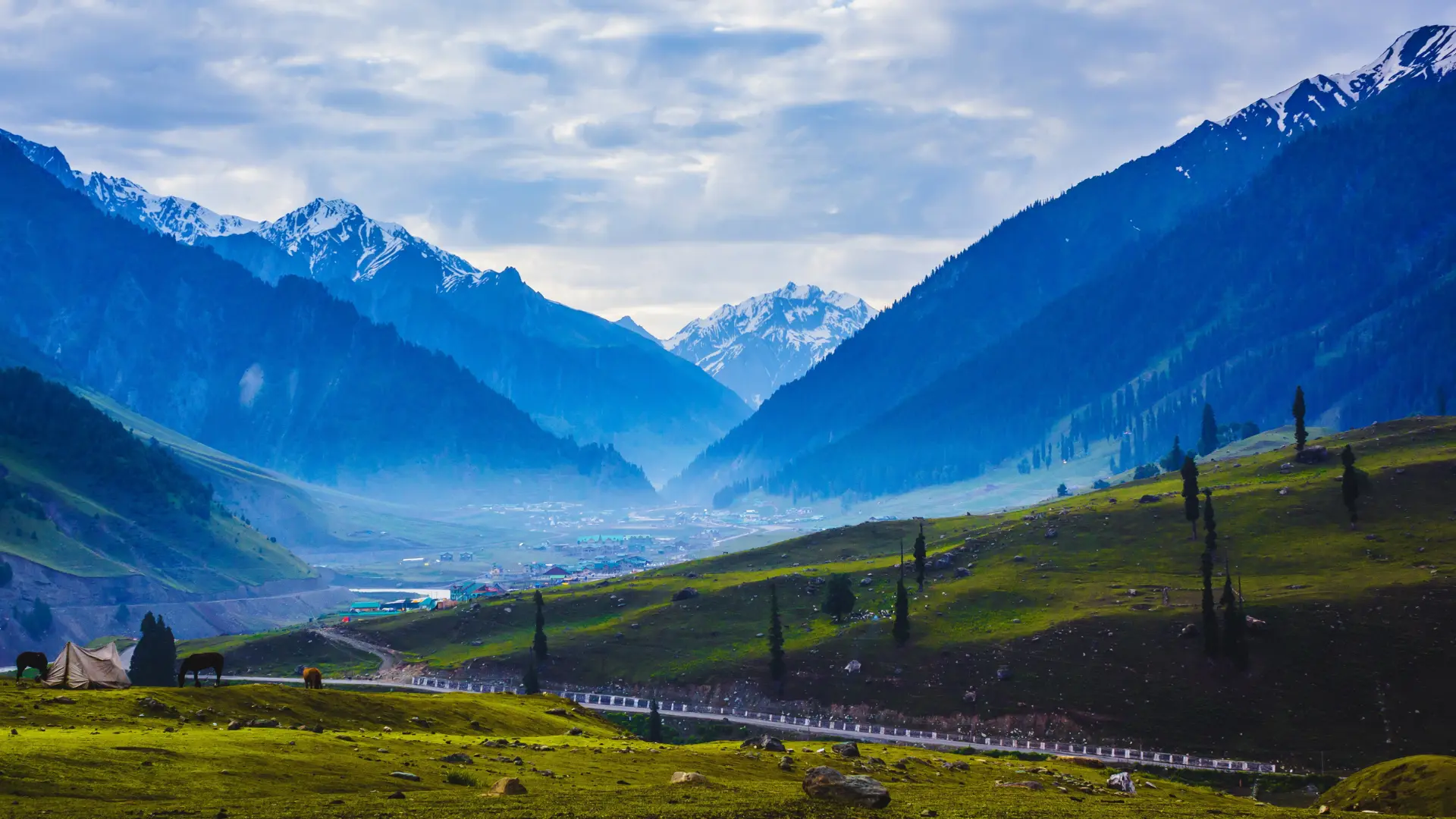
Kashmir, often called “Paradise on Earth,” is a breathtaking valley cradled between the mighty Himalayas and the Pir Panjal range. With its snow-covered peaks, shimmering lakes, lush meadows, and vibrant gardens, it has been a dream destination for travelers for centuries. The region offers a perfect mix of natural beauty, adventure, and cultural richness, making it one of India’s most iconic tourist spots.
Srinagar, the summer capital, enchants visitors with its famous Dal Lake and Nigeen Lake, where shikaras (wooden boats) glide gracefully over calm waters. Mughal Gardens like Shalimar Bagh and Nishat Bagh bloom with vibrant flowers, while Gulmarg and Pahalgam offer skiing, trekking, and golfing experiences amidst breathtaking landscapes. The floating markets and houseboats add a unique charm to Kashmiri life.
The culture of Kashmir reflects a blend of Hindu, Buddhist, and Islamic traditions. From the soulful Sufi music to the flavorful Kashmiri Wazwan cuisine, every aspect of life here carries a deep-rooted heritage. Handwoven pashmina shawls, carpets, and papier-mâché handicrafts make for timeless souvenirs.
Best time to visit: March to October
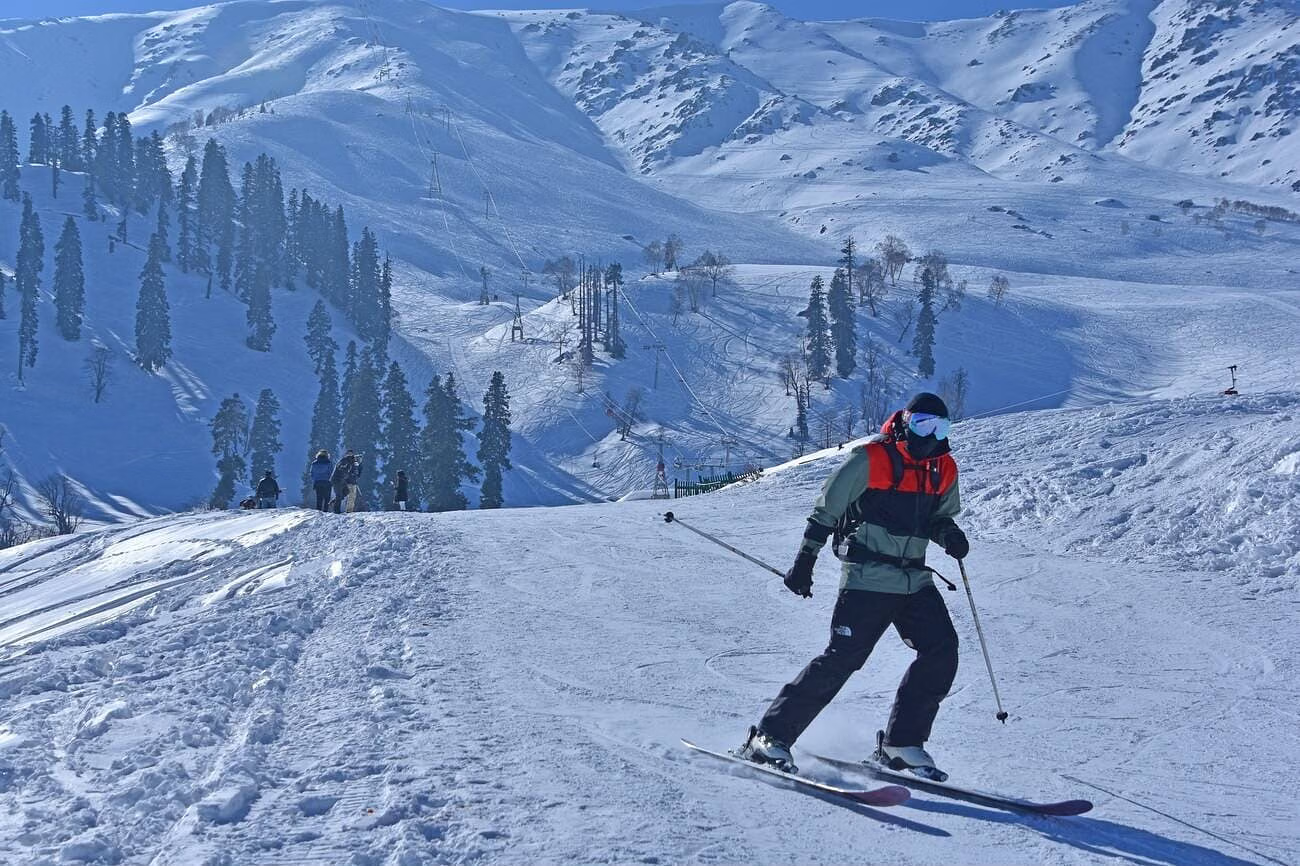
Gulmarg, located in the Baramulla district of Jammu & Kashmir, is a stunning hill station renowned for its lush meadows, snow-clad peaks, and adventure sports. True to its name, which means “Meadow of Flowers,” Gulmarg blooms with vibrant wildflowers in spring and summer, while winter transforms it into a snow paradise. It’s one of the top skiing destinations in Asia and a year-round haven for nature lovers.
One of Gulmarg’s biggest attractions is the Gulmarg Gondola, one of the highest cable cars in the world, which offers breathtaking panoramic views of the Himalayas. In winter, skiing, snowboarding, and snow trekking attract adventure seekers from around the globe, while summer offers lush green landscapes, golfing at the world’s highest golf course, and scenic walks.
The serene beauty of Gulmarg also makes it a favorite for honeymooners and film shoots. Surrounded by pine forests and majestic mountains, it offers peaceful escapes as well as thrilling adventures. The Apharwat Peak, Alpather Lake, and Khilanmarg are must-visit spots for their unmatched natural charm.
Whether you’re there for adrenaline-pumping sports or to simply soak in the tranquil Himalayan beauty, Gulmarg promises an unforgettable experience in every season.
Best time to visit: March to June and December to February

Pahalgam, nestled in the Anantnag district of Jammu & Kashmir, is a breathtaking hill station known for its lush valleys, crystal-clear rivers, and snow-capped mountains. Often called the “Valley of Shepherds,” it is a serene retreat for travelers seeking peace and natural beauty. The Lidder River flows gracefully through the town, adding to its charm and making it a hotspot for trout fishing and riverside picnics.
This scenic paradise serves as the base camp for the annual Amarnath Yatra, attracting thousands of devotees each year. Adventure enthusiasts also flock here for trekking routes leading to Kolahoi Glacier, Tulian Lake, and the enchanting Betaab Valley. The town’s meadows and pine forests offer picture-perfect landscapes for photography lovers.
In spring and summer, Pahalgam comes alive with blooming flowers, lush meadows, and pleasant weather, perfect for sightseeing and hiking. During winter, it transforms into a snowy wonderland ideal for snow trekking and cozy getaways.
Whether you wish to enjoy pony rides in Aru Valley, camp by the riverside, or simply gaze at the majestic Himalayan peaks, Pahalgam offers a magical escape in every season.
Best time to visit: March to June and September to November and December to February
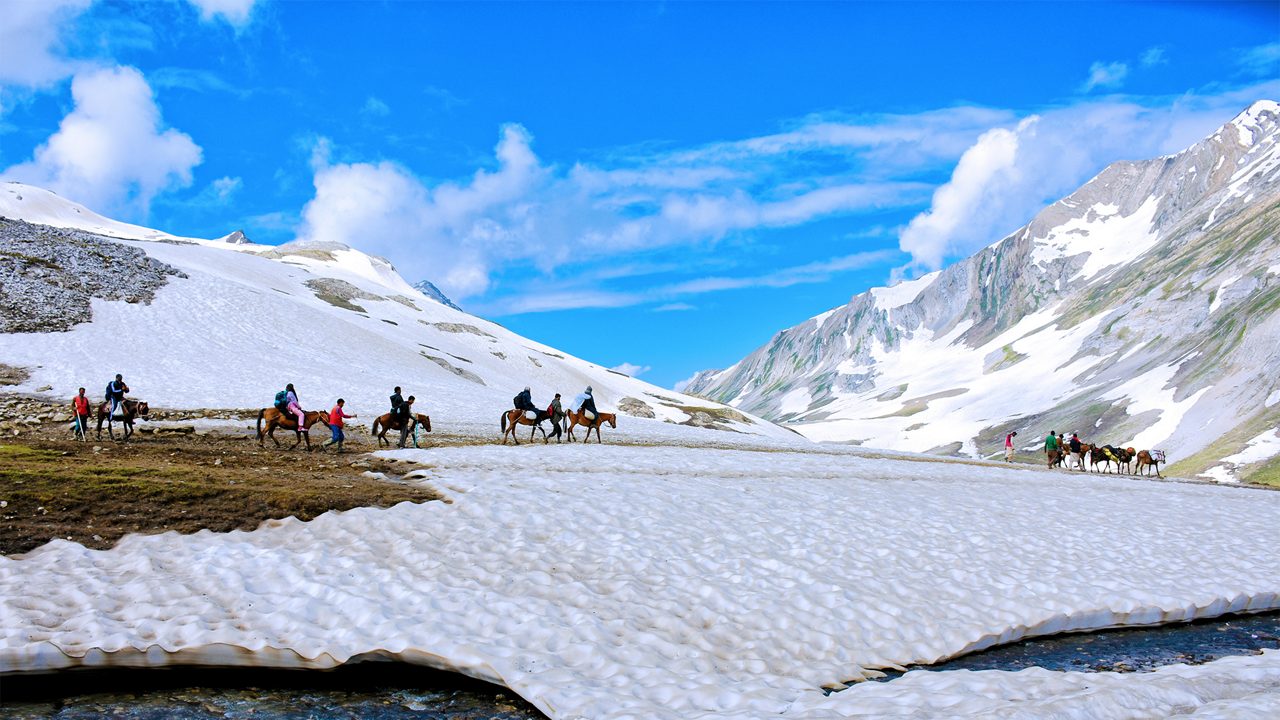
Anantnag, located in the beautiful Kashmir Valley, is one of the most scenic districts of Jammu & Kashmir, often called the “Land of Springs” due to its abundance of freshwater springs and streams. Surrounded by snow-capped peaks, lush green meadows, and crystal-clear rivers, it offers a perfect blend of natural beauty and cultural heritage. The town is a major gateway to famous destinations like Pahalgam, Kokernag, and Verinag.
Rich in history, Anantnag is dotted with ancient temples, mosques, and gardens. The Martand Sun Temple, an architectural marvel from the 8th century, is a must-visit for history lovers. The pristine waters of Verinag Spring, believed to be the source of the Jhelum River, are another major attraction. The area is also famous for its apple orchards and saffron fields, which paint the valley in vibrant colors during harvest seasons.
Anantnag’s landscape changes with the seasons, offering lush green pastures in summer, golden foliage in autumn, and a white snowy blanket in winter. The serene environment, coupled with the hospitality of the locals, makes it a peaceful retreat away from city chaos.
Best time to visit: March to June and September to November and December to February
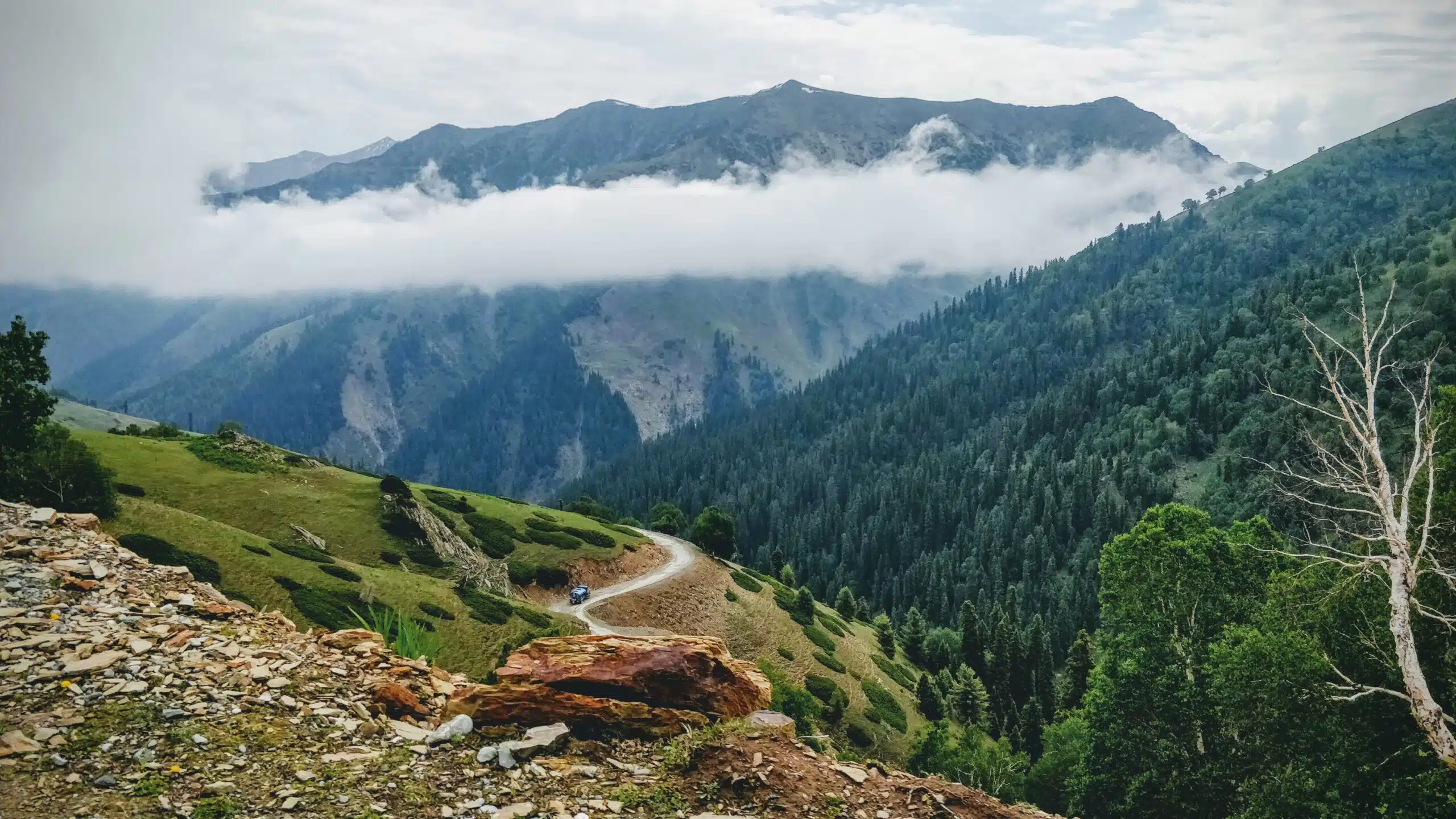
Kupwara, tucked away in the northernmost part of Jammu & Kashmir, is a paradise for nature lovers seeking offbeat beauty. Often called the “Crown of Kashmir,” this district is blessed with dense forests, lush meadows, gushing streams, and snow-capped mountains. Its unspoiled charm makes it an ideal destination for those who want to escape commercial tourist crowds and immerse themselves in pure Himalayan serenity.
The Lolab Valley, a breathtaking expanse of greenery dotted with walnut and apple orchards, is the pride of Kupwara. The Bangus Valley, with its vast meadows and wildflowers, is another hidden treasure waiting to be explored. Ancient sites like Kheer Bhawani Temple and the historical caves of Kalaroos add cultural and mysterious elements to the landscape, making Kupwara a blend of natural beauty and folklore.
Kupwara is also a haven for trekkers and adventure seekers. From hiking through pine forests to camping by crystal-clear streams, the region offers endless opportunities for outdoor activities. Birdwatchers will find plenty of rare Himalayan species here, making it a paradise for wildlife photography as well.
Best time to visit: April to October and November to February
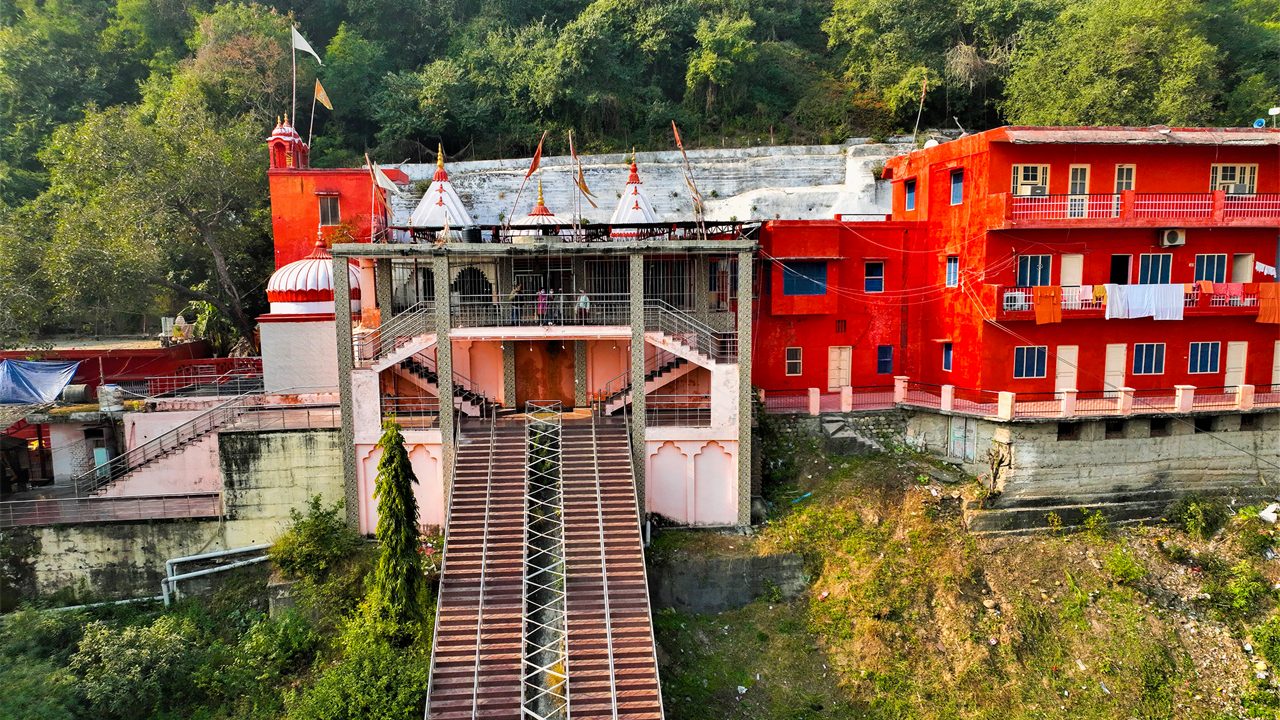
Peer Kho Cave Temple, located in the heart of Jammu city, is one of the oldest and most revered shrines in the region. Dedicated to Lord Shiva, this temple is carved inside a natural cave, giving it an enchanting and mystical aura. Locals believe the cave is linked to ancient legends and even the Ramayana, adding to its spiritual importance. Its peaceful setting makes it a popular pilgrimage spot for devotees and travelers alike.
The cave houses a naturally formed Shiva Lingam, which is worshipped throughout the year, especially during festivals like Shivratri and Purnima. The interiors are dimly lit with oil lamps, creating a serene and divine atmosphere. The natural rock formations inside the cave, along with the lingering fragrance of incense, make the visit a deeply spiritual experience.
Surrounded by lush greenery and located near the banks of the Tawi River, the temple also offers a scenic environment for visitors. Pilgrims often enjoy the calm riverside after their darshan, making it both a religious and relaxing trip.
Peer Kho Cave Temple stands as a testament to Jammu’s rich cultural heritage and ancient devotion, attracting thousands of visitors every year.
Best time to visit: October to March
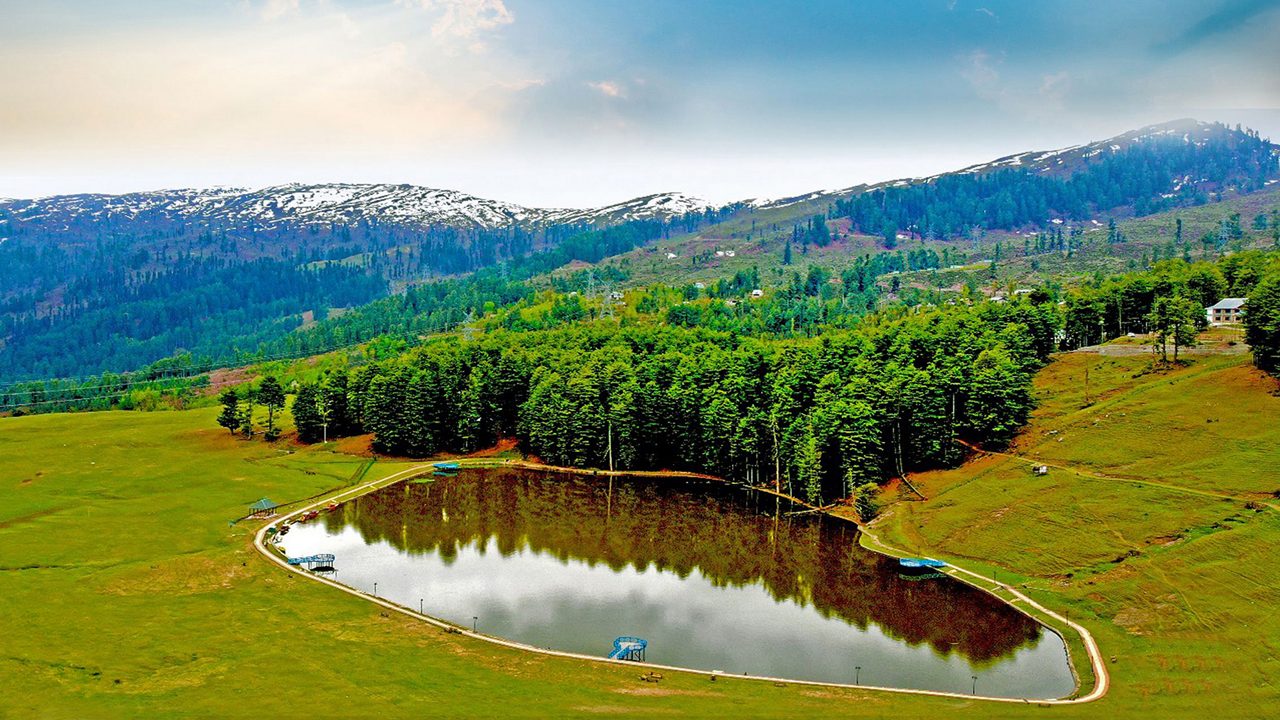
Sanasar Lake, located about 20 km from Patnitop in Jammu, is a stunning high-altitude lake surrounded by lush green meadows and dense coniferous forests. Often called the “mini Gulmarg” of Jammu, this spot offers breathtaking landscapes and a peaceful escape from city life. The lake’s crystal-clear waters reflect the surrounding hills, creating a postcard-perfect view for visitors.
The lake is also a hub for adventure activities like paragliding, trekking, rock climbing, and camping. Boating on the still waters while enjoying the crisp mountain air is a favorite pastime for visitors. During summer, the area blooms with colorful wildflowers, adding a vibrant charm to the already beautiful landscape.
Apart from leisure and adventure, Sanasar Lake is perfect for photography, especially during sunrise and sunset when the sky casts magical colors over the water. The surrounding meadows make it an excellent spot for picnics and family outings.
With its blend of natural beauty, peaceful vibes, and thrilling activities, Sanasar Lake is a must-visit destination in Jammu for both relaxation and adventure.
Best time to visit: May to September
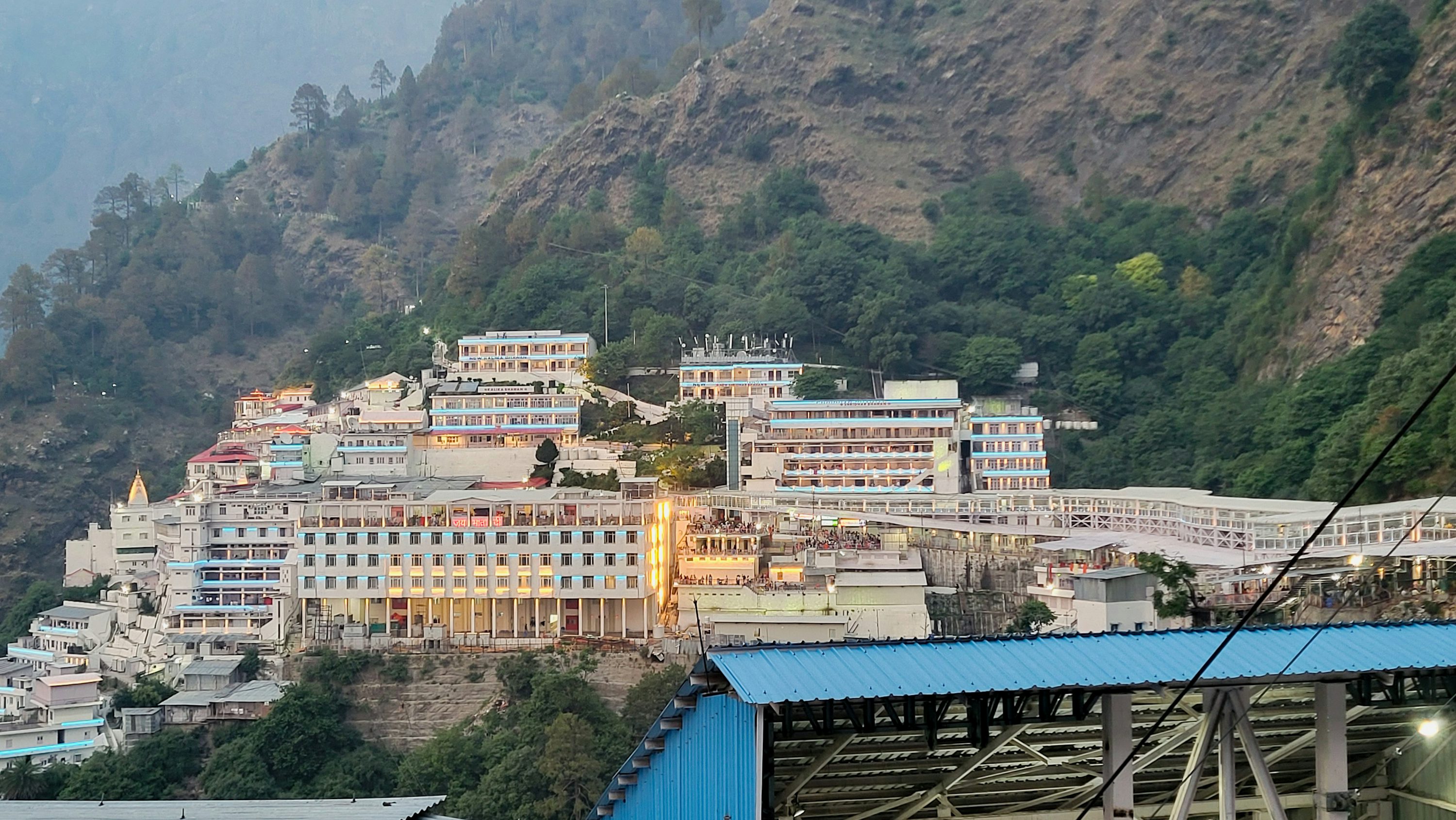
Vaishno Devi, located in the Trikuta Hills near Katra in Jammu and Kashmir, is one of the most revered pilgrimage sites in India. Dedicated to Goddess Vaishno Devi, it attracts millions of devotees each year who undertake the challenging yet spiritually fulfilling trek to the holy cave. The shrine is considered one of the 108 Shakti Peethas and holds immense significance in Hinduism.
The journey to the temple involves a 12 km trek from Katra, with options for walking, pony rides, battery-operated vehicles, or even helicopter services for convenience. Along the route, pilgrims are greeted with chants of “Jai Mata Di,” and the air is filled with devotion and spiritual energy. The final darshan inside the cave reveals the three holy pindis, symbolizing Maha Kali, Maha Lakshmi, and Maha Saraswati.
The surrounding landscape adds to the divine experience, with panoramic mountain views and fresh mountain air rejuvenating visitors. The pilgrimage is not just about seeking blessings but also about experiencing a spiritual connection and inner peace.
Visiting Vaishno Devi is often considered a once-in-a-lifetime experience, blending devotion, nature, and endurance in a single journey.
Best time to visit: March to October and December to February
